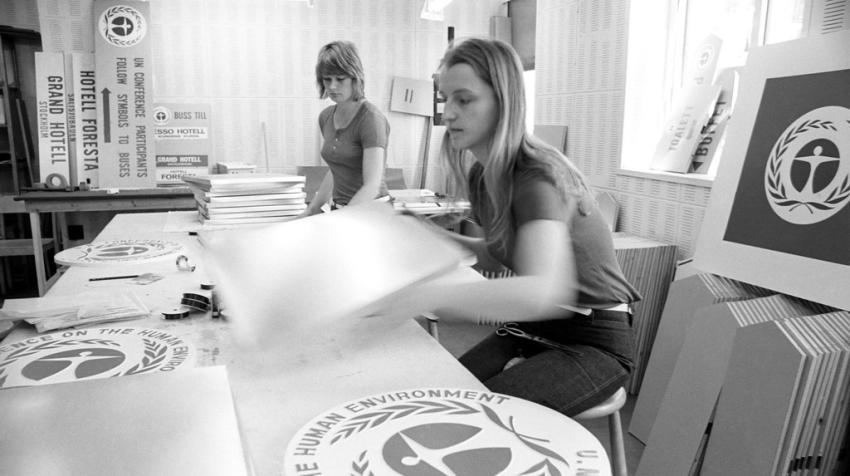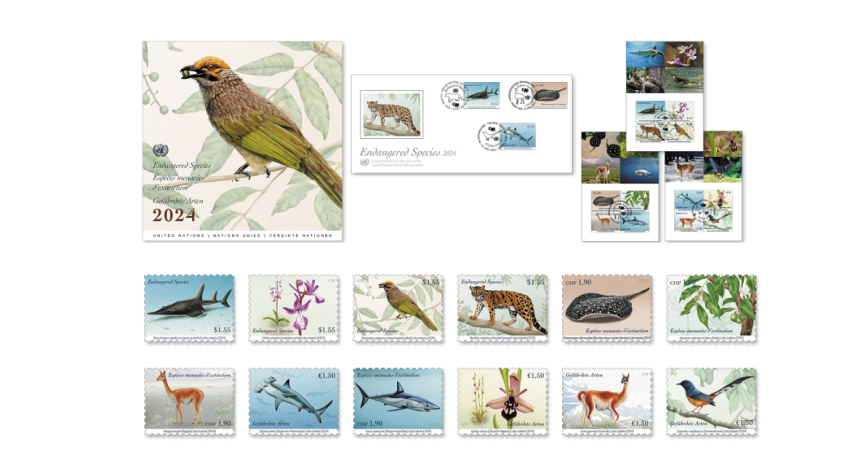Sweeping global gains in sexual and reproductive health and rights over the last thirty years are marred by an ugly truth – millions of women and girls have not benefited because of who they are or where they were born, according to the United Nations Population Fund (UNFPA) 2024 State of World Population.
The flagship report, Interwoven Lives, Threads of Hope: Ending inequalities in sexual and reproductive health and rights, highlights the role racism, sexism, and other forms of discrimination continue to play in blocking broad gains in sexual and reproductive health for women and girls.
The data are damning. Women and girls who are poor, belong to ethnic, racial, and indigenous minority groups, or are trapped in conflict settings, are more likely to die because they lack access to timely health care.
“In the space of a generation, we have reduced the unintended pregnancy rate by nearly one-fifth, lowered the maternal death rate by one-third, and secured laws against domestic violence in more than 160 countries,” said Dr. Natalia Kanem, UNFPA Executive Director. “Despite this progress, inequalities within our societies and health systems are widening, and we have not adequately prioritized reaching those furthest behind.”
To foster collaboration within the UN, UNFPA invited experts from the United Nations Population Division, the Office of the United Nations High Commissioner for Human Rights, and the United Nations Office for the Coordination of Humanitarian Affairs to provide valuable insights for the report.
The report also includes a contribution from Victor Madrigal-Borloz, UN Independent Expert on protection against violence and discrimination based on sexual orientation and gender identity.
This year’s report is illustrated with textile arts – an art form that has long been practiced by women and indigenous communities, even as their work has been dismissed by formal art institutions and markets. The cover art is by Nneka Jones, while Rosie James has contributed the majority of the textile artwork found within the report’s pages.
The report also features artwork from indigenous collectives and women's groups, portraying issues related to exclusion, reproduction, gender, and solidarity.
Learn more:




